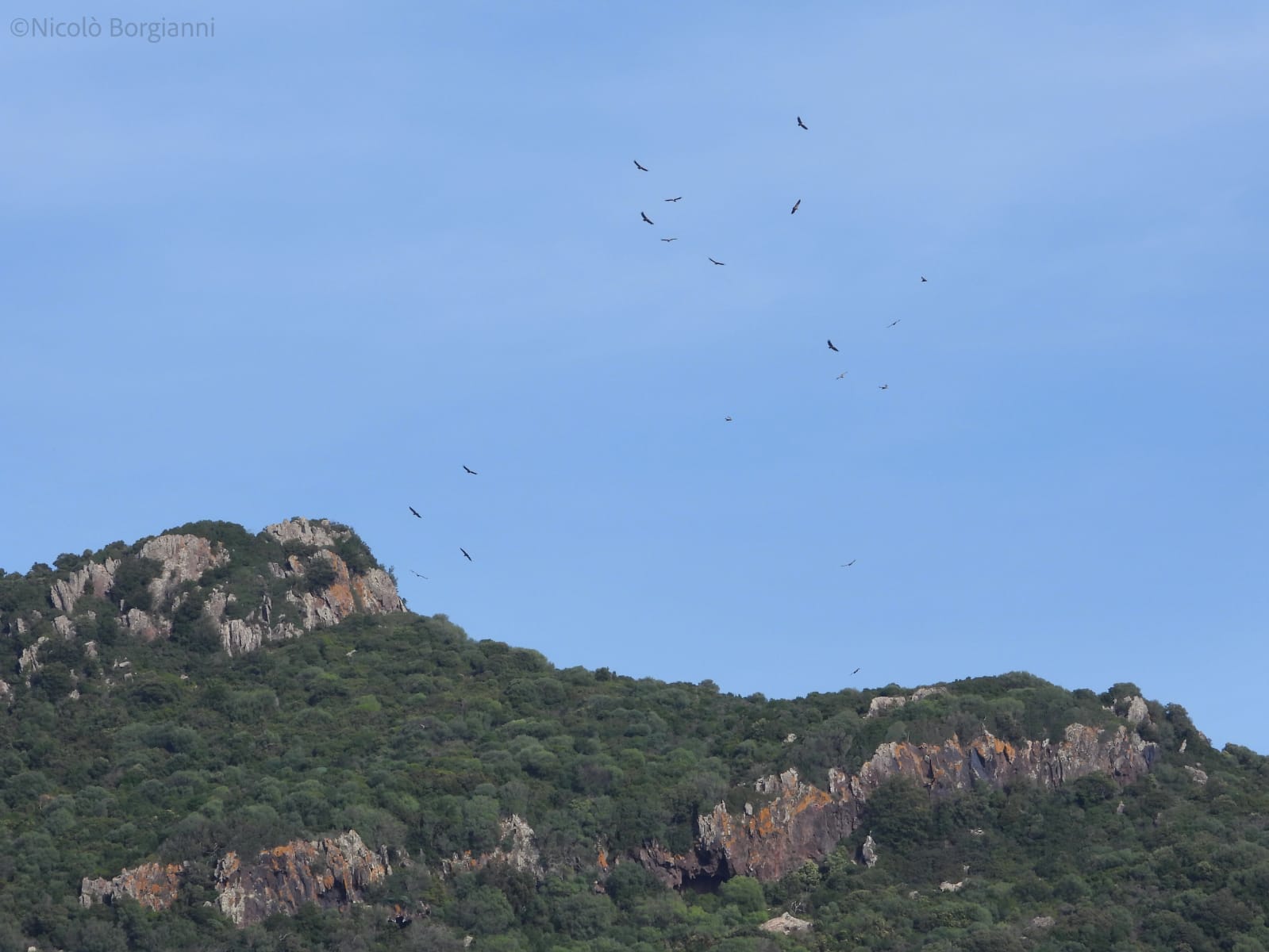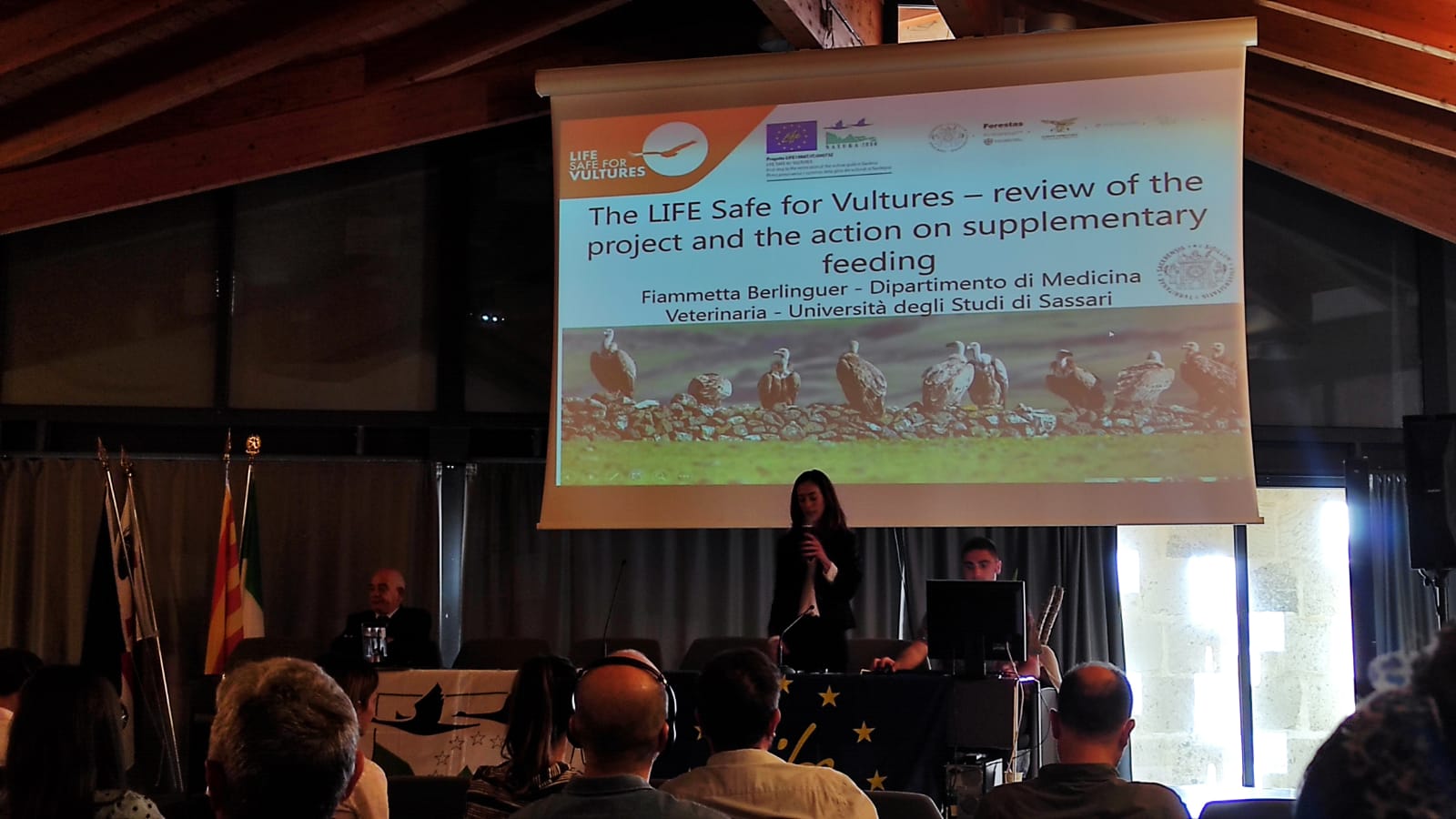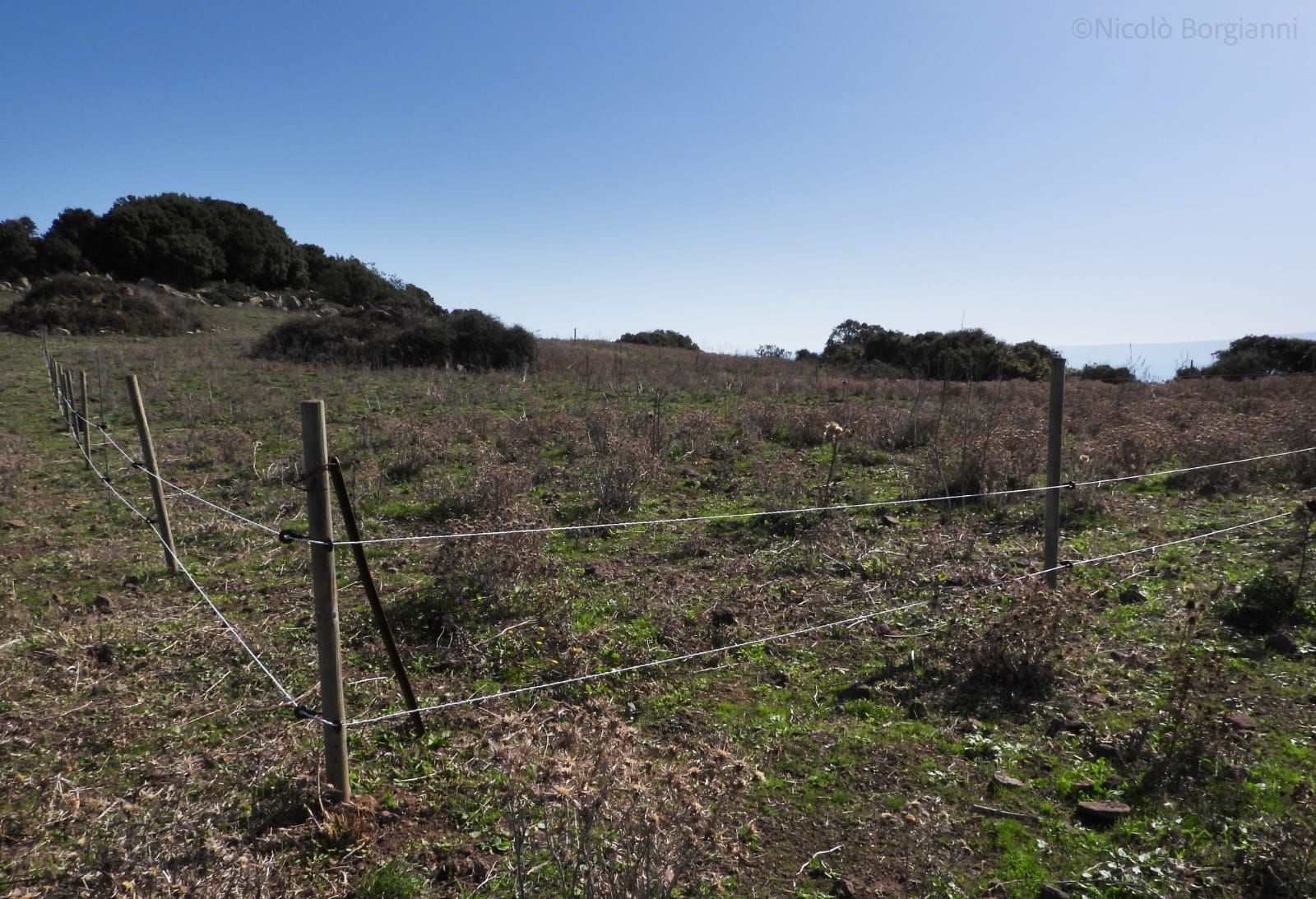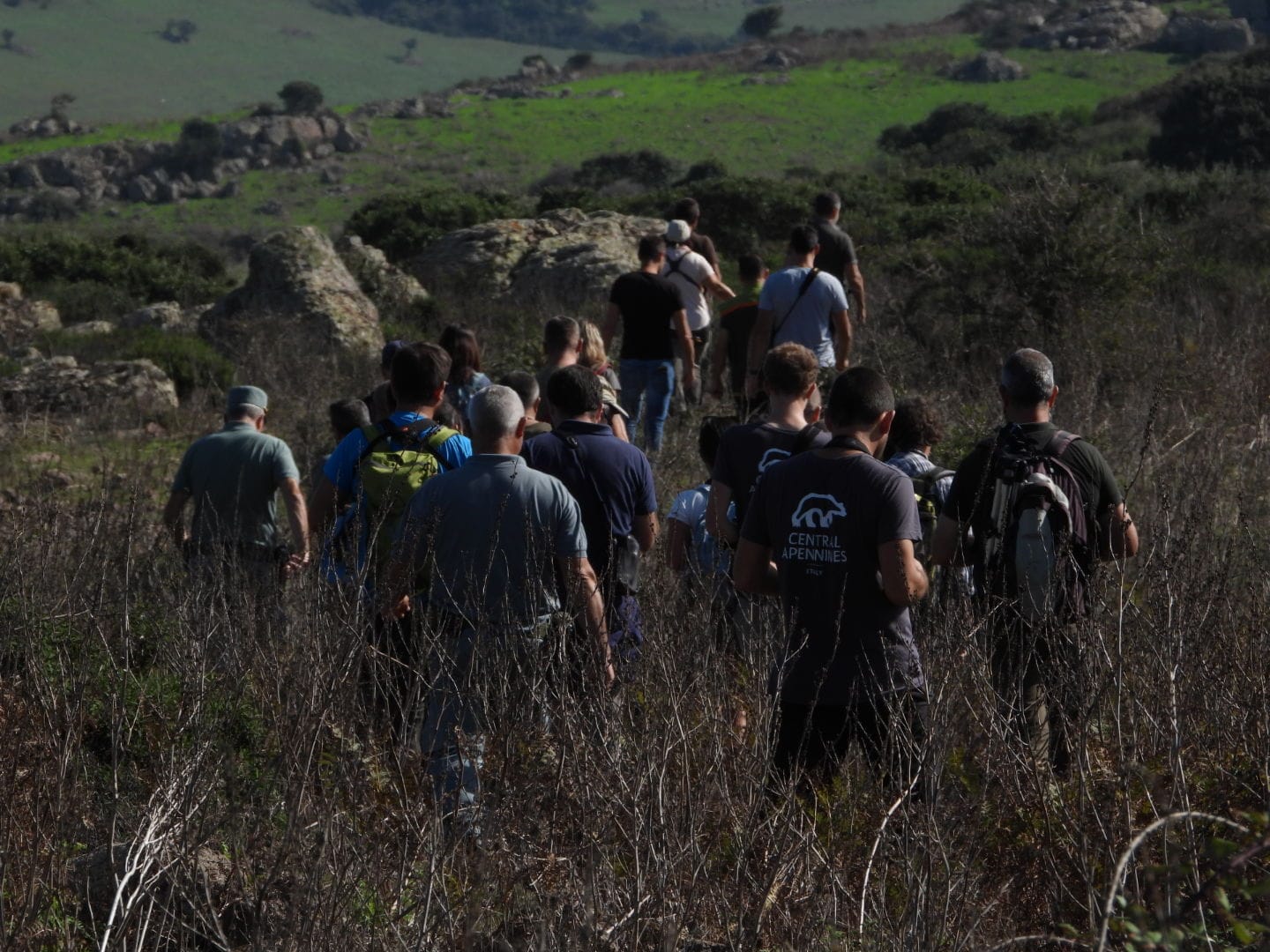Thanks to the participation in the international workshop on the supplementary feeding for Griffon vultures organized by the Vulture Conservation Foundation in Alghero from 18 to 20 October 2022, Rewilding Apennines benefitted a fructuous exchange of knowledge and experiences that are very useful to work at the improvement of viability of Griffon vultures’ population in the Central Apennines.

Last October the Rewilding Apennines team participated in the international workshop organized by VCF in Sardinia, dedicated to the supplementary feeding strategy for Griffon vultures. In that occasion, it was important to learn the encouraging achievements of two LIFE initiatives – Under griffon wings e Safe for Vultures – that respectively from 2015 and from 2021 have been allowing to make grow the Griffon vultures population in Sardinia, which before was endangered due to poisoning, scarcity of available food and low reproduction rate as a consequence of anthropogenic disturbance at the nesting sites. According to the most recent census in 2021, in the area of Alghero and Bosa 270 animals are living there thanks to the restocking of 73 individuals released in 2015, the work of one anti-poisoning dog unit and the supplementary feeding stations.

Nicolò Borgianni, Vulture Field Officer of Rewilding Apennines, who participated in the initiative, underlined: “It was stimulating to learn from the experiences coming from all Europe regarding to the usage of the supplementary feeding stations for the vultures’ conservation. I’m sure that it will be possible to implement what we learned to further improve the conditions of the Griffon vultures’ population in the Central Apennines, also by increasing the involvement of important stakeholders such as local breeders”.
So, how much are the feeding stations effective? According to the shared experiences at the workshop, the farm feeding stations are more efficient than the centralized ones, but a feasibility study is always needed to assess the ration between the available biomass and that needed for the vultures’ population involved, and an evaluation of the present risks is even important. Also, it is good to work at a memorandum of understanding with the local health agency in order to define the veterinarian checks to carry out on the carcasses and to improve the coordination with the local breeders.

The communication on the beneficial effects of the feeding stations is a fundamental tool to raise the awareness of residents and visitors about the importance of the “vultures’ restaurants” as a temporary and propaedeutic measure aimed at increasing the Griffon vultures’ population and reducing the poisoning risk both for domestic and wild animals. Moreover, the more the feeding station is built close to the nesting site the more it is used, especially in winter time. Therefore, it is a measure with multiple variables that, if are well assessed by a competent and qualified team, can be a great opportunity for the conservation of Griffon vultures’ population.
“The event organized by VCF was interesting and useful to know the initiatives that are carried out in the whole Europe for the vultures’ conservation”, declared Mario Cipollone, Team Leader of Rewilding Apennines, “and, mainly, to build new relationships with such experienced protagonists of the sector, in order to create future collaborations”.
For Rewilding Apennines, what was learned during the experience in Sardinia is relevant to improve the work that the team is already doing in the Central Apennines with the monitoring of the Griffon vultures’ population through the GPS transmitters, their diet, the collision risk with the wind turbines, the communication activities for the local communities and the management plan of at least one supplementary feeding station in the rewilding landscape, thanks to the collaboration with Carabinieri Biodiversità of Castel di Sangro and the support of Fondation Ensemble, EOCA and Rewilding Europe.
The hope is that all these measures put in place can lead to growth in the Griffon vultures’ population in the short and long term.
